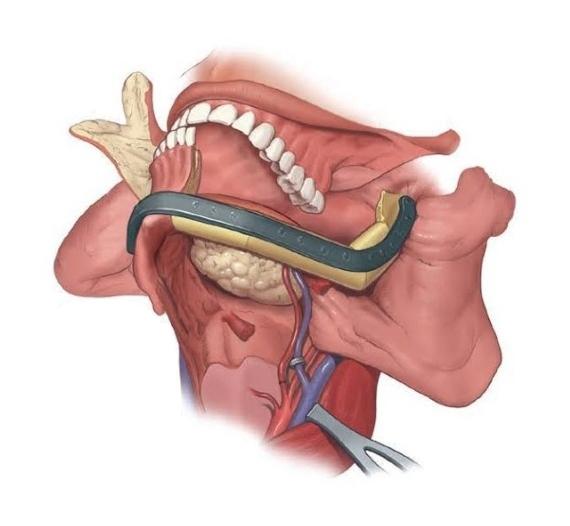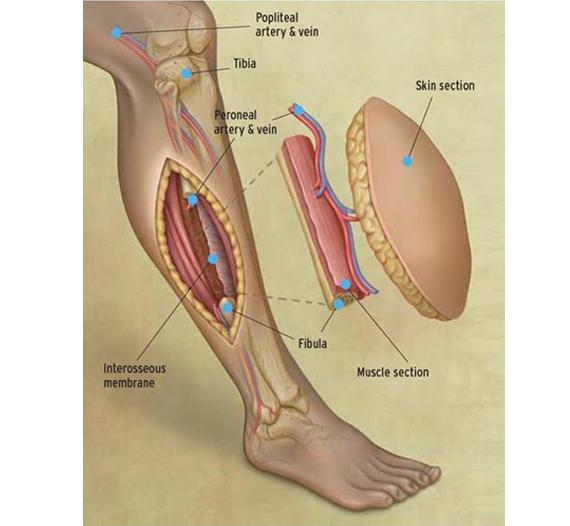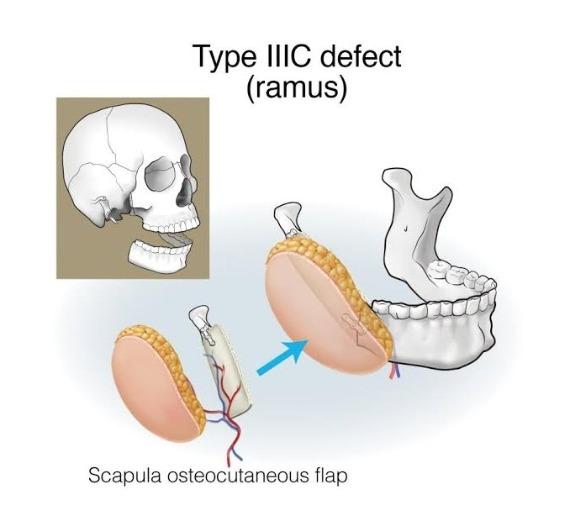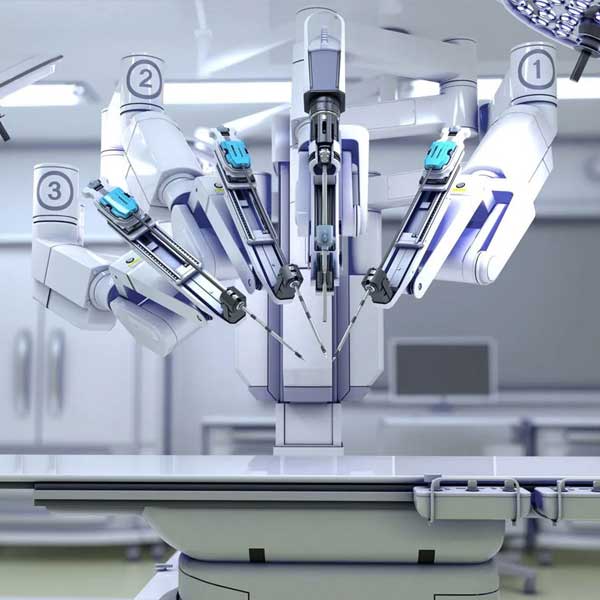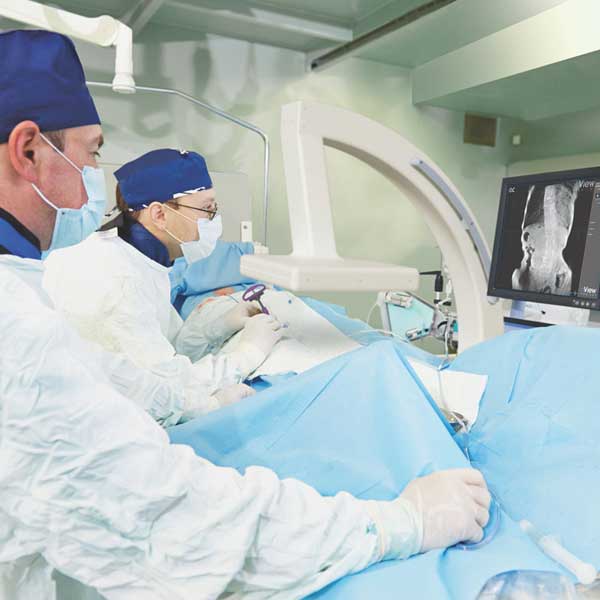Head & Neck Reconstructive Surgery
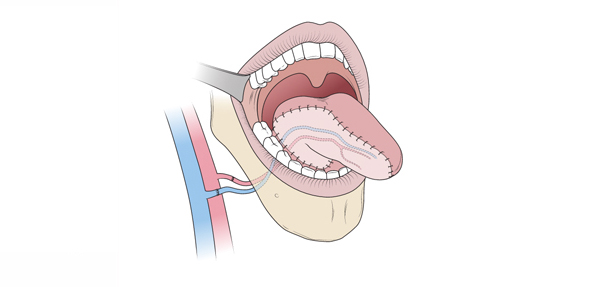
Head and neck cancers are a significant problem in our country constituting approximately one-third of all cancer cases.
Many important functions are hampered because of the Tumour in Head and Neck region are carried out by the organs in the head and neck region.
The purpose of conservation surgery is to eradicate the cancerous lesion while preserving the look and function of the affected organ as much as possible.
Patients with head and neck cancers suffer from a variety of problems, for example:
Head and neck reconstruction surgery (plastic surgery) is performed to replace missing tissue with pieces of tissue from other parts of the body. This could be in form of a skin graft, a pedicled flap or a free flap.
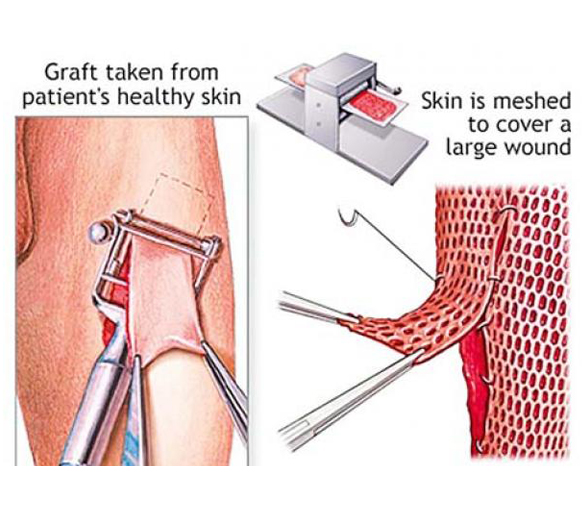
Skin Grafting for Reconstruction
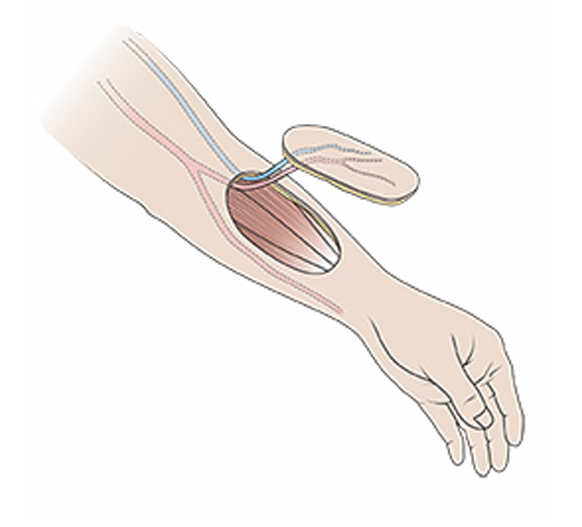
Free Flap for Reconstruction
Free flap reconstruction (microvascular surgery) has gained popularity over time to become the standard of care for large head & neck defects.

